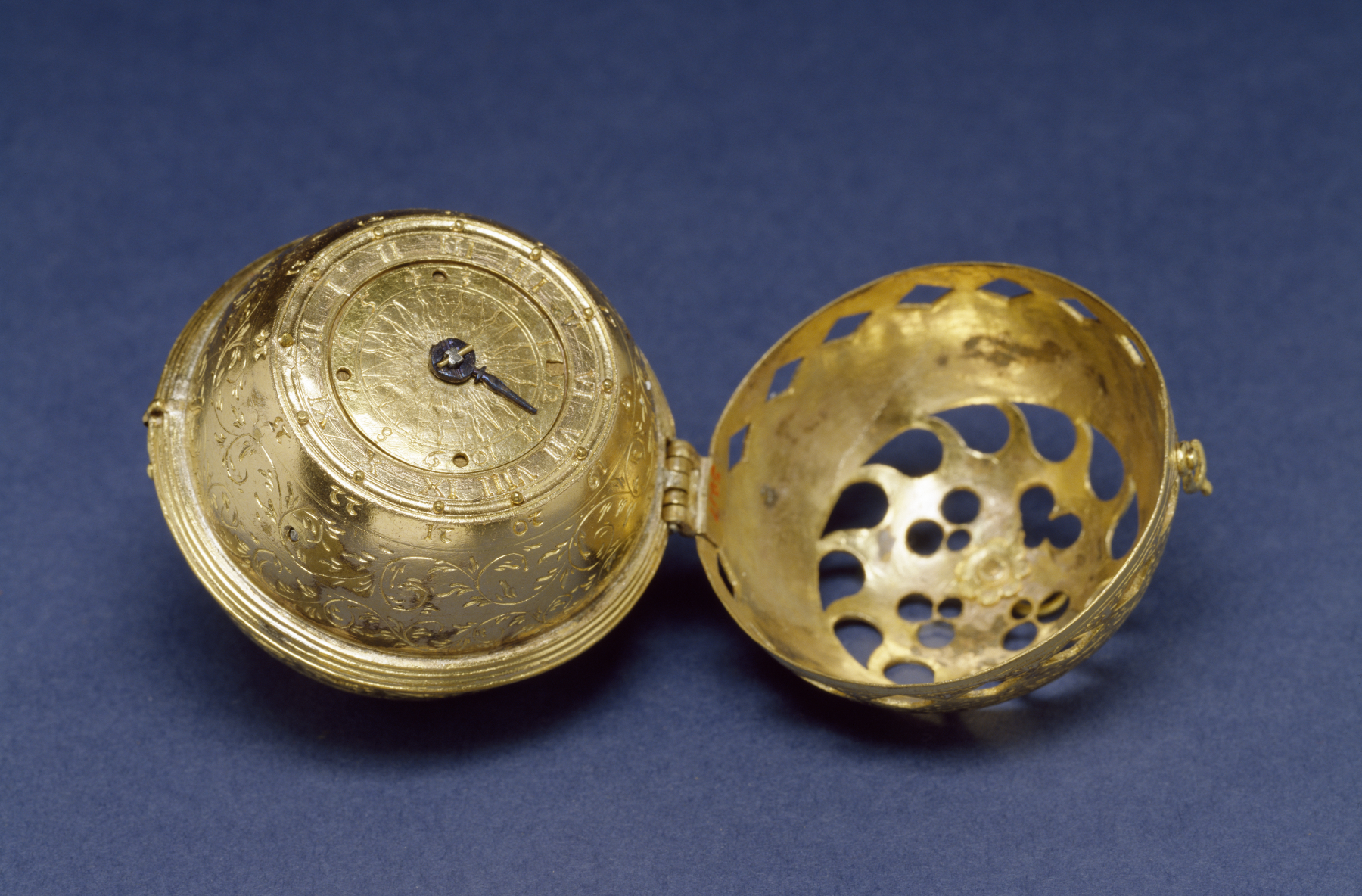WATCH INVENT IN INDIA
BALANCING SPRING
POKETWATCH
SOLAR WATCH
SMARTWATCH
MASSPRODUCTION
QUARTZWATCH
ELECTRICALWATCH
CONTACT US

The first timepieces to be worn, made in the 16th century beginning in the German cities of Nuremberg and Augsburg, were transitional in size between clocks and watches. Portable timepieces were made possible by the invention of the mainspring in the early 15th century. Nuremberg clockmaker Peter Henlein (or Henle or Hele) (1485-1542) is often credited as the inventor of the watch. He was one of the first German craftsmen who made "clock-watches" (taschenuhr), ornamental timepieces worn as pendants, which were the first timepieces to be worn on the body. His fame is based on a passage by Johann Cochlšus in 1511.
Peter Hele, still a young man, fashions works which even the most learned mathematicians admire. He shapes many-wheeled clocks out of small bits of iron, which run and chime the hours without weights for forty hours, whether carried at the breast or in a handbag.
However, other German clockmakers were creating miniature timepieces during this period, and there is no evidence Henlein was the first.
These 'clock-watches' were fastened to clothing or worn on a chain around the neck. They were heavy drum-shaped cylindrical brass boxes several inches in diameter, engraved and ornamented. They had only an hour hand. The face was not covered with glass, but usually had a hinged brass cover, often decoratively pierced with grillwork so the time could be read without opening. The movement was made of iron or steel and held together with tapered pins and wedges, until screws began to be used after 1550. Many of the movements included striking or alarm mechanisms. They usually had to be wound twice a day. The shape later evolved into a rounded form; these were later called Nuremberg eggs. Still later in the century there was a trend for unusually-shaped watches, and clock-watches shaped like books, animals, fruit, stars, flowers, insects, crosses, and even skulls (Death's head watches) were made.
These early clock-watches were not worn to tell the time. The accuracy of their verge and foliot movements was so poor, with errors of perhaps several hours per day, that they were practically useless. They were made as jewelry and novelties for the nobility, valued for their fine ornamentation, unusual shape, or intriguing mechanism, and accurate timekeeping was of very minor importance.
